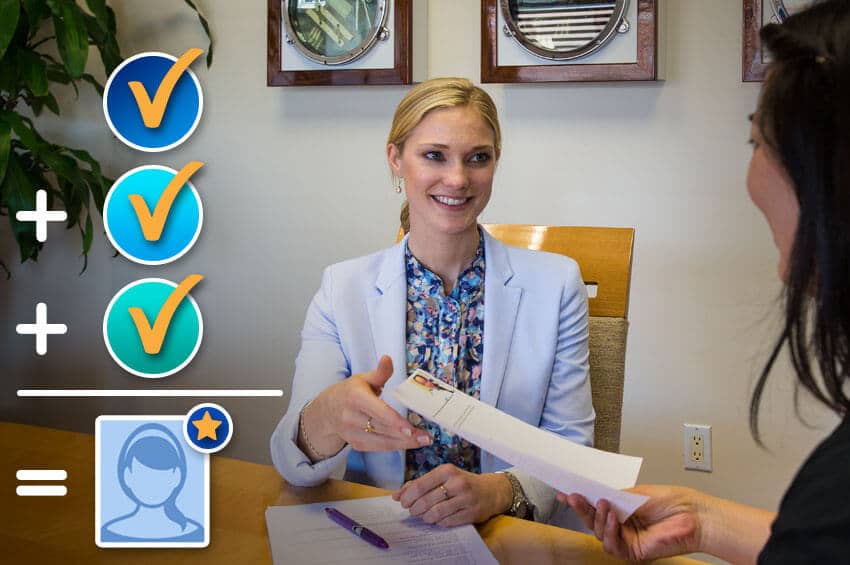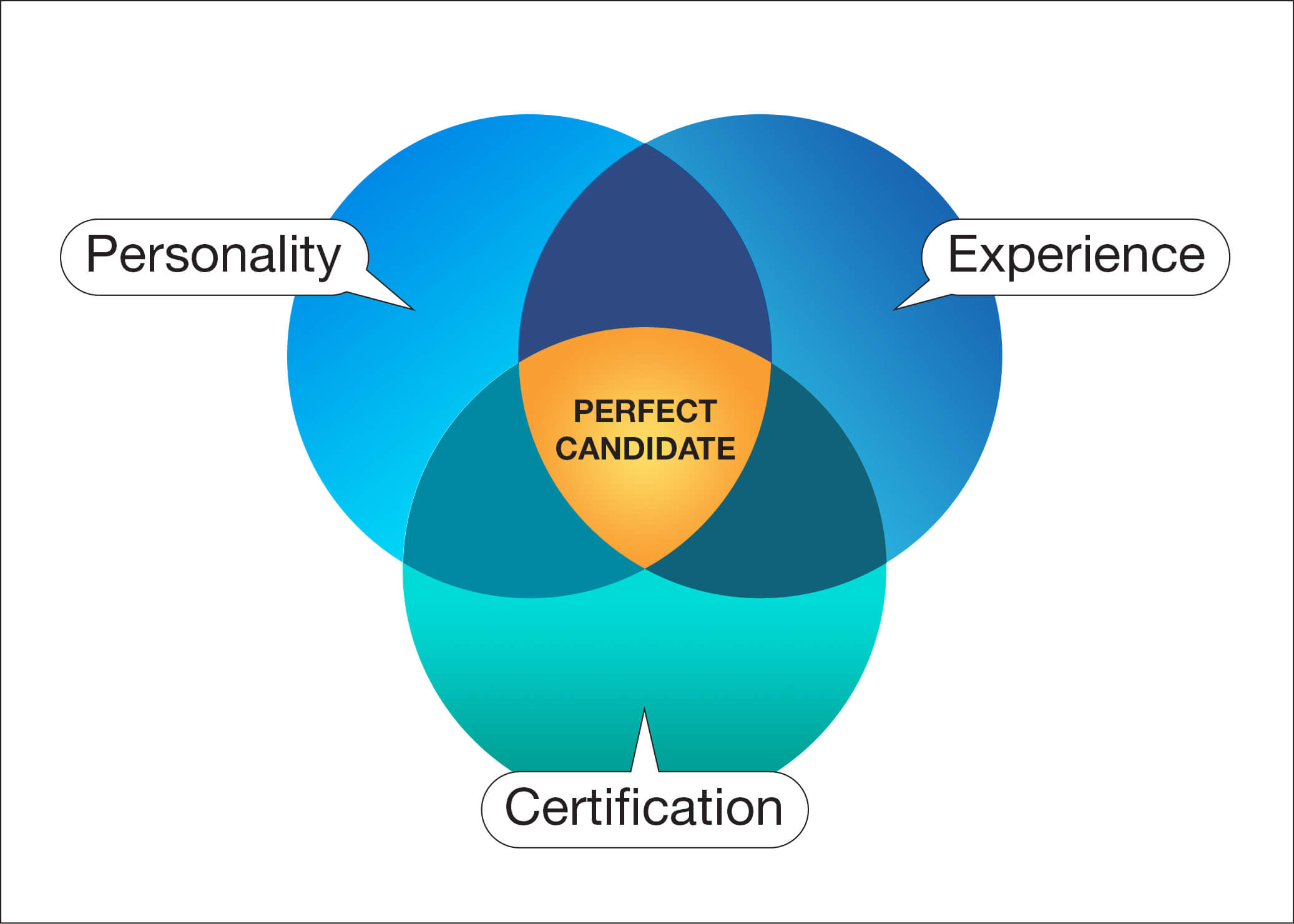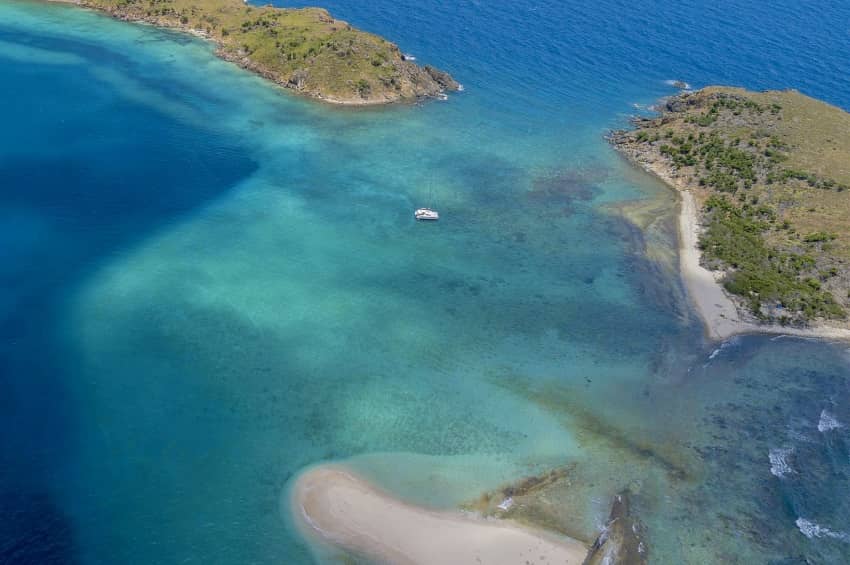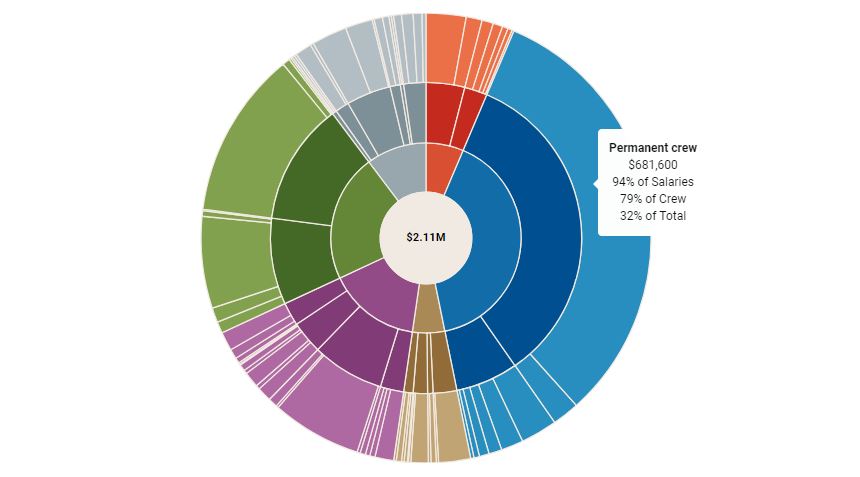The Crew Hiring Process — A Captain’s Advice

Those familiar with the yachting industry understand that crew turnover is a constant. While the selection and hiring process is often seen as a necessary evil, a standardized hiring process can turn a distasteful task into something much simpler. The increased efficiency of a process can translate into identifying the best candidates faster and with less effort.
To develop an appropriate hiring process, it is important to understand there are four groups with requirements that need to be satisfied with each hire:
- Flag State
- Insurance Underwriter
- Employer and/or Owner
- Captain and Senior officers
Depending on the position, Flag State will require that the vessel is staffed with the minimum crew outlined in the Safe Manning Certificate. Flag will also require that the designated officers and crew have current, up to date and appropriate Certificates of Competency (CoC). Flag State will also want the candidate to satisfy the requirements of ISM/ ISPS and the new Maritime Labor Convention (MLC) agreement.
As with Flag, the Insurance Underwriter will want to ensure the candidate has the appropriate CoC for the vessel. For the Underwriter, it is not enough just to have the license. They will need to see relevant experience on similar sized vessels. They may also require the candidate to outline any previous claims they may have been involved with. In some cases, the vessel may be restricted by the underwriter on what nationality and how many of each can be employed on the vessel.
The owner is usually more interested in the performance of the crew. Whether they are able to serve at the level expected. If they are willing to commit to the program and itinerary. Have they had charter experience? In some cases there are more specific requirements such as languages spoken. Equally important, the owner usually likes to see personable, smiling crew.
The Captain and senior crew have perhaps the longest checklist. Candidates may need to display the following attributes: 
- Personality
- How will they fit in or mesh with the existing crew
- Work Ethic
- Is there an understanding of a team work ethic
- Can they focus on the menial jobs
- Commitment
- Do they have a desire to be there or is it just a means to an end
- References
- Do the candidate’s references verify what is listed on the CV
- Have the references provided a positive view of the candidate
- Character traits
- Will they fit with the operational philosophy of the vessel
- Learning Attitude
- Are they teachable and do they have an interest in learning
- Long-term plans
- Is this opportunity seen as a short-term job or a career choice
There are many more considerations the captain may wish to consider based on past experience. Cruising itineraries may also play a role in who is hired. Some countries (Canada) are reluctant to allow crew with criminal records entry. Many of the countries which yachts frequent require visas for certain nationalities (Schengen, B1/B2).
Personality, experience and certification intersect in the perfect candidate. The requirements of each of the four groups fit into one – or more - of the intersecting circles. The pool of candidates is significantly reduced by using the filter of the intersection. Selection of the final candidate from the pool can be done in three stages.
Definition Stage — Define what you are looking for in the job candidate. Identify the requirements of each of the four groups. Certification is clearly quantifiable. Experience may involve some additional assessment. Transferrable skills, previous responsibilities and boat size may carry different value. Rank the importance of personality attributes.
Verification Stage — Review CV’s and produce a shortlist of candidates. Once the list is available, references should be checked. This is best done in person or by telephone with a set of pre-prepared questions. This can also be done informally if you know people who have worked with the individual. Verification of Certificates and work history should also be completed. Once completed, a new shortlist should be generated.
Selection Stage — Face to face (or Skype) interviews should be arranged with those on the latest short list. Prior to the interview, generate a list of general information gathering questions. These should be accompanied by some more specific questions that require thoughtful or insightful responses. At the interview, give a brief overview of the position and vessel before launching into your questions. While it is important to listen to the answers, it is equally important to maintain interest in what the candidate is saying. Where possible have the candidates accompany their answers with examples.
Allow the candidate time to ask questions. Keep in mind that it may not be prudent to answer them all at this time. When the interview is complete, give the candidate some form of follow up plan so they are not left hanging.
Once all the interviews are completed, rank each candidate and choose who is best suited for the vacant position. If you have selected the right person for the job, it will help reduce the number of times you have to go through this process.
 Sales
Sales
 Charter
Charter
 Management
Management
 Crew
Crew
 About Us
About Us
 Contact Us
Contact Us
 Newsroom
Newsroom


